The first question you ought to ask yourself before buying a shotgun is which gauge you’d like it to be. For most American shooters that choice comes down to 12 Gauge vs 20 Gauge.
There are a lot of variables to consider here. Different types of shotgun ammunition vary widely, as one shell may fire a single slug or over 2,000 shot pellets. But at its core, the winner of the 12 Gauge vs. 20 Gauge debate depends heavily on which you prefer: greater power, or more manageable recoil.
12 Gauge vs 20 Gauge
A 12 gauge shotgun load is heavier and delivers more power than 20 gauge ammo does. As a result, a 12 gauge is typically better equipped to take larger game. You do sacrifice some things for that power 12 gauge shotguns have more recoil than 20 gauge and the firearm itself is more of a burden to carry.
That’s the short answer and may be all you need. From here, we’ll get into the finer details of all the differences. To start the discussion let’s make sure you know what a shotgun gauge is.
What Is a Shotgun Gauge?
When you refer to a rifle’s or pistol’s caliber, you’re defining the internal diameter of its barrel. A 9mm pistol intuitively has a bore diameter of 9mm. Makes perfect sense, doesn’t it?
A shotgun’s gauge utilizes a far more archaic and inconvenient system. If you’ve ever bought fish hooks, you know that larger numbers actually correspond to smaller hooks. Shotgun gauges follow the same logic.
When you say a shotgun has an X gauge, you are saying its barrel would perfectly fit a lead ball weighing 1/X pounds. Thus a 12 Gauge shotgun would fit a 1/12 pound lead ball in its barrel; a 20 Gauge, a 1/20 pound ball. A 16 Gauge shotgun’s barrel would conveniently hold a one ounce lead ball.
If we applied caliber conventions to a shotgun, then a 12 Gauge would be .729 caliber and a 20 Gauge would be .615.
Note that the 410 Bore shotgun does not follow “gauge rules.” Its bore diameter is literally .410”, which would be equivalent to 67.5 Gauge. If a 410 Bore were actually a 410 Gauge, then its bore would share the approximate diameter of a .22 caliber pistol’s.
Popular Types of Shotguns
Here are the different gauges available on the market, in order of largest to the smallest caliber.
- 10 Gauge – the largest and heaviest of the shotgun types. Not super popular due to its size, but it is popular amongst waterfowl hunters.
- 12 Gauge – perhaps the most popular shotgun on the market. Extremely versatile and functional for all endeavors ranging from hunting to target shooting.
- 16 Gauge – a rare size to find anymore but a 16 is right in the middle of the road for size. Considered a jack-of-all-trades type of gun.
- 20 Gauge – right behind the 12-gauge shotgun in popularity, the 20 gauge is very popular due to its manageable size compared to its effectiveness. A tremendous all-around gun for a variety of uses.
- 28 Gauge – this size is on the small end of the spectrum and primarily used by upland bird hunters due to its mobility and weight.
- 410 Bore – the smallest shell on the market (that isn’t custom) is used for small game hunting and some self-defense. The shells used are small enough that some revolvers on the market can shoot them.
12 Gauge vs. 20 Gauge: Velocity and Energy
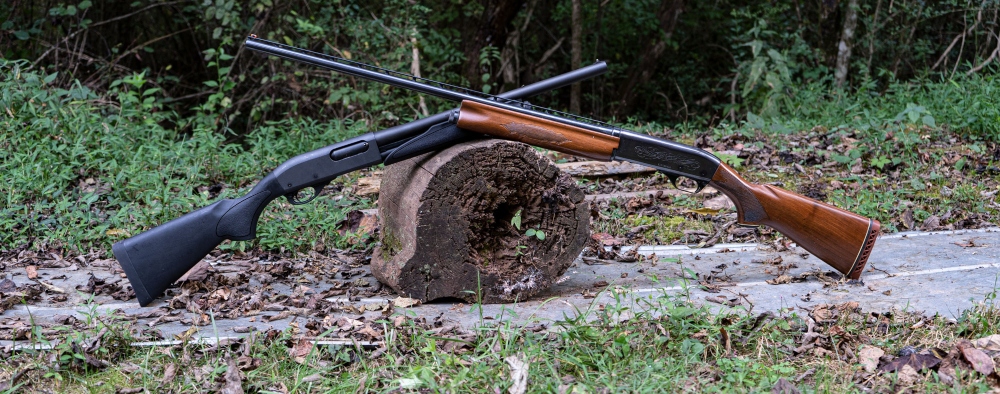
A 12 Gauge shotshell has a significantly larger capacity than a 20 Gauge. Because it often holds a heavier slug or column of shot, however, the 12 Gauge shotshell’s larger charge of powder often produces a comparable muzzle velocity to the smaller 20 Gauge. But this is not always the case – 12 Gauge shotshells do tend to offer a faster average muzzle velocity.
Muzzle energy is simply a factor of muzzle velocity and projectile weight. Here’s where the 12 Gauge truly outclasses the 20 Gauge: Because the larger shell’s projectile(s) can be so much heavier, the 12 Gauge consistently packs a much heartier wallop than the 20 Gauge possibly could.
Take a look at this chart where we compare very similar shells by Winchester and Federal. The shells primarily differ in terms of their projectile weights – not their velocities – but that alone accounts for a staggering difference in how much energy either one can put out.
| Shotshell | Projectile Type | Total Projectile Weight (gr) | Muzzle Velocity (fps) | Combined Muzzle Energy (ft lbs) |
|---|---|---|---|---|
| 12 Gauge | Rifled Slug | 437.5 | 1600 | 2488 |
| 20 Gauge | Rifled Slug | 328.1 | 1600 | 1865 |
| 12 Gauge | #4 Buckshot | 875 | 1100 | 2351 |
| 20 Gauge | #4 Buckshot | 492.2 | 1175 | 1509 |
| 12 Gauge | #7.5 Shot | 437.5 | 1250 | 1518 |
| 20 Gauge | #7.5 Shot | 382.8 | 1210 | 1244 |
If you’re hunting or defending your castle, the 12 Gauge almost invariably delivers superior stopping power. But his isn’t to suggest that the 20 Gauge is a weakling. Hunters and homeowners frequently put it to use just as effectively.
12 Gauge vs. 20 Gauge: Range and Spread
If the 12 Gauge’s greater size always meant it delivered a faster muzzle velocity, it would be easy to declare its range superior as well. In practice we see either shell capable of reaching the same distances as effectively as the other.
Yet the 12 Gauge has a trick up its sleeve. A typical 12 Gauge trapshooting shell holds 1 1/8 ounces of shot whereas a 20 Gauge holds 7/8 ounces. This extra 1/4 ounce of shot promotes a relatively denser spread at any range. To put it simply, as more shot exits the muzzle, more shot is going to make its way to the target. In a contest between analogous 12 Gauge and 20 Gauge shells, the 12 Gauge’s spread is always denser.
12 Gauge vs. 20 Gauge: Recoil
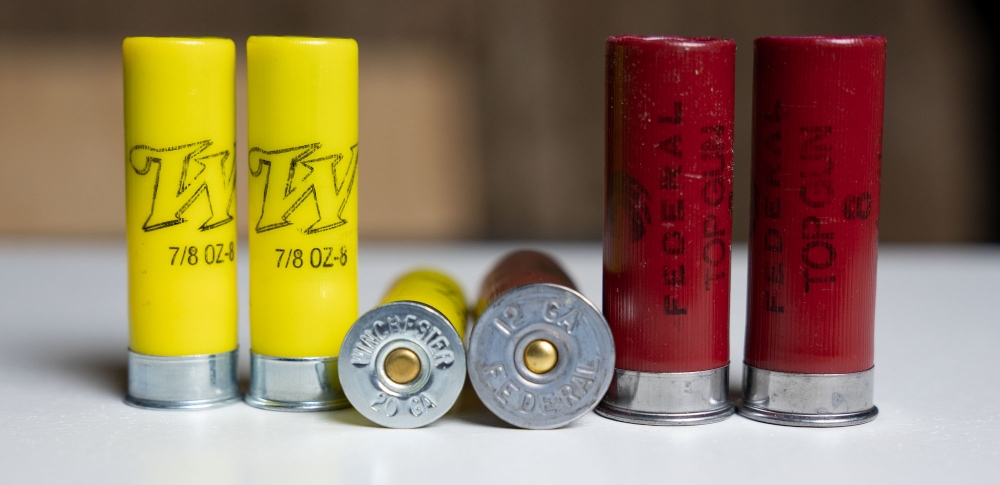
How much recoil energy a shotshell generates is a matter of four factors: shot/slug weight, muzzle velocity, propellant weight, and shotgun weight.
For the sake of discussion let’s say all the 12 Gauge shells compared earlier have 18 grains of powder and are being fired from a 110 ounce Winchester SXP; the 20 Gauge shells have 15 grains of powder and are being fired from a 104 ounce Winchester SXP.
Finally, the 20 Gauge gets a leg up in this face-off! By sheer virtue of its lighter projectile(s), the smaller shell exerts significantly less recoil back against its shooter.
| Shotshell | Projectile Type | Recoil Energy (ft lbs) |
|---|---|---|
| 12 Gauge | Rifled Slug | 28.79 |
| 20 Gauge | Rifled Slug | 17.56 |
| 12 Gauge | #4 Buckshot | 51.1 |
| 20 Gauge | #4 Buckshot | 20.83 |
| 12 Gauge | #7.5 Shot | 18.71 |
| 20 Gauge | #7.5 Shot | 14.13 |
Less recoil makes the 20 Gauge better in two important ways. First, there’s the obvious comfort factor. While the amount of kick you may actually perceive is subjective, the 20 Gauge’s objectively weaker recoil energy is bound to put less stress on your shoulder. Second, lesser recoil helps a shooter line up their follow-up shots more quickly. Whether you want to fire two shots in rapid succession while target shooting or dump a whole magazine into an advancing threat, a 20 Gauge will make the endeavor easier than a 12 Gauge could have.
What’s Cheaper – 12 vs. 20 Gauge?
Surprisingly enough, analogous 12 Gauge and 20 Gauge shotshells are comparably priced. You would expect a 12 Gauge shell which contains more lead, brass, plastic and propellant to cost more, but perhaps its greater popularity compensates for that disparity.
That said, you’re going to have access to more options when it comes to 12 Gauge ammo. This is its greater popularity at work again – manufacturers have more incentive to cater to the bigger audience.
The Takeaway
The 12 Gauge and the 20 Gauge are the most popular shotguns for good reason. Either will let you hunt deer and birds, play trap and skeet, and make a home invader wish he picked a different home.
While the 12 Gauge’s superior power may make it a more commanding solution for deer hunting, the 20 Gauge still outclasses the 223 Rem in terms of muzzle energy. You’re not putting yourself at a disadvantage if you select it for personal protection.
If you would rather have more power, a denser spread, and a greater selection of ammo to choose from, you’ll be better served by the 12 Gauge. If you would prefer a shotgun with less recoil for better comfort, easier follow-up shots, or to train a younger shooter, then the 20 Gauge is your shell.
Here are some of our top picks for each gauge:
- 12-gauge
-
-
- Estate Cartridge #7– cheap but reliable range and target rounds
- Winchester Super-X #1– very effective home defense rounds
- Fiocchi LE Low Recoil #00– great home defense choice for those wanting less recoil (younger/smaller)
- Winchester Rifled Slug– the best choice for large game hunting, not ideal for home defense.
-
-
- 20-gauge
-
- Federal Personal Defense #4– slightly on the pricey side of the spectrum, but perhaps the best self-defense 20-gauge round on the market.
- Winchester Super-Target #7– quality target round that won’t break the bank.
- Remington Game Load #8– excellent choice for bird hunting.
-

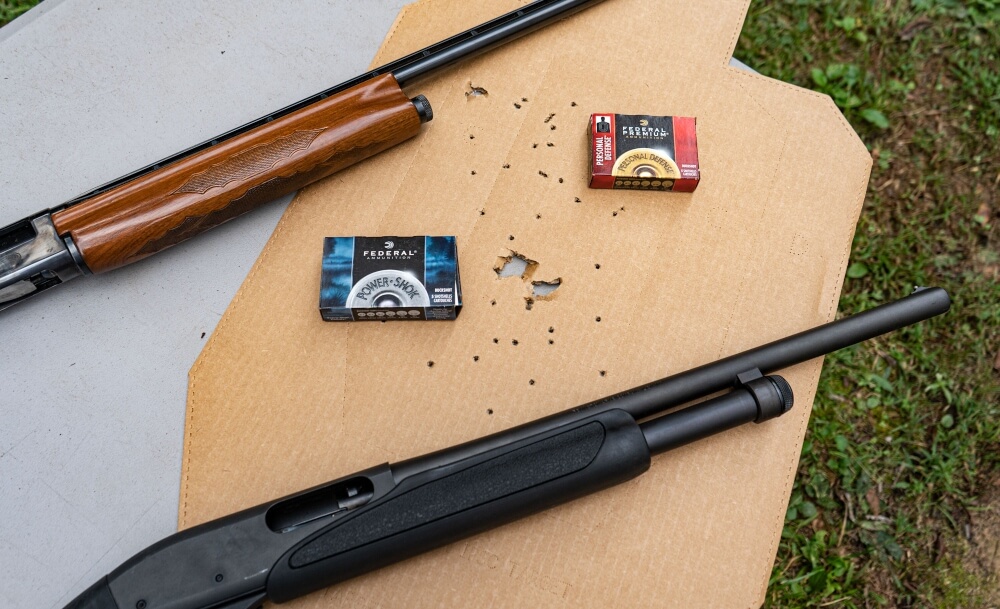
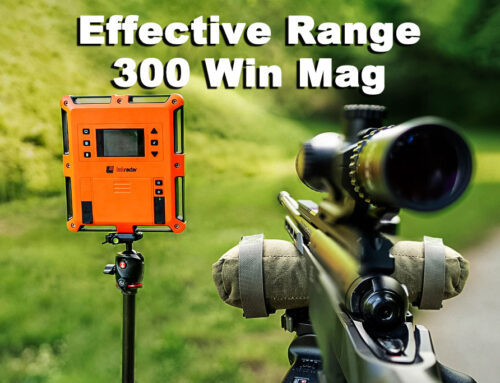
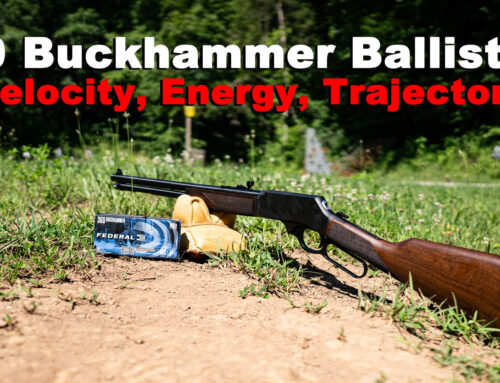
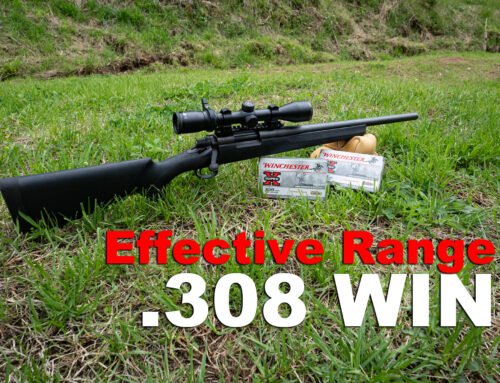
12ga. recoil can be greatly reduced by a number of shell types; one example would be mini-shells
That’s true, good point Daniel. Though I’d argue the mini-shells introduce some other issues if you don’t have an adapter, etc.
What about gas discharge type,will help kickback would make combarlng the 12 ga. to nongas operated 20ga. Wouldn’t 8t?
For home defense, #1 buck has been shown to be the most effective with sufficient penetration and a bigger wound channel than larger buck loads will create. #1 buck cannot be packed correctly for 20 gauge so its only available for 12 gauge, but is hard to find. #2 buck is almost as good (larger wound channel but slightly less penetration) and while #2 seems hard to find for 12 gauge, its readily available for 20 gauge. I use a 20 gauge tactical pump with #2 buck for defense and I feel that a 12 with #00 is just not necessary. Its more pain (recoil) without any real gain, IMHO.
In the 21st Century, if you’re talking about home defense, and you aren’t using a modern semiauto centerfire carbine with a detachable box magazine, you’re doing it wrong. “Coach guns” are 1885’s idea of an appropriate implement for CQB. Sure, you COULD use a shotgun. You COULD use a matchlock arquebus for home defense too, or a bronze sword. Why would you do that, when vastly better tools exist that have no downside and no tradeoffs?
Shotguns are the missing link between muskets and modern firearms, just as revolvers are the missing link between the wheellock “handgonne” and modern pistols. They’re for hunters and hobbyists, not for serious use where you may be betting your life and the lives of your family on your ability to engage multiple targets rapidly and reload quickly while bad people try to kill you. Shotguns only still exist because of “sporting clays” gun games and hunting regulations that mandate them.
Ar15 as home defense? Sounds like a bit overkill. Large muzzle flash, very loud, overpentration (IE kill your neighbor by accident)? And for close quarters, you behave to be an idiot to miss…
Ar15 as home defense? Sounds like a bit overkill. Large muzzle flash, very loud, overpentration (IE kill your neighbor by accident)? And for close quarters, you have to be an idiot to miss…
Say whaaaat? “Shotguns are the missing link between muskets and modern firearms”?? Not for serious use??
Shotguns only still exist because of … hunting regulations that mandate them? LOL!
The amount of nonsense you post is over-the-top, clearly you know nothing about the shotguns, their purpose, etc…
You do know that most people don’t live on isolated properties where they can take a shot with a rifle in the heat of a moment and depend on that errant round not hitting another house 600 yards away and potentially striking someone inside? There are lots of reasons to use a shotgun for home defense, from the range of rounds, compliance with local law, cost, simplicity of use under duress, ability to use effective less-lethal rounds that still will put someone out of commission, the fact that its effective range is basically tailored to the conditions by offering full power military cartridge levels of power at close range but rapidly dying out past what would be the natural confines of a home defense situation, lowered collateral(bystander) risk and damage and the top of the list being the intimidation. If you have a pump action and make sure to audibly cycle it, that has been known to cause intruders to back out and leave before taking their chances.
Most people don’t want to shoot someone else for a variety of reasons, and just about everyone wants to avoid getting into a gunfight unsupported with limited tactical information in the first place. If the only info you do have is “they have a gun that throws 8 .380 acp projectiles at a small area simultaneously” it quickly becomes a scenario not worth testing.
I’m not sure what your ramblings are about, nor the randomly chosen bits of the history of firearms meaning much to this. The coach gun was effective in 1885 for the same reason the shotgun is effective today: if someone wants to rob you, they have to come into the shotguns domain where any shot fired aiming anywhere from just above the knee to on the cap of the shoulder on a target is a near guaranteed mortal wound. Given that kind of power and that margin for error, the prospect of being the aggressor is steadily less appealing.